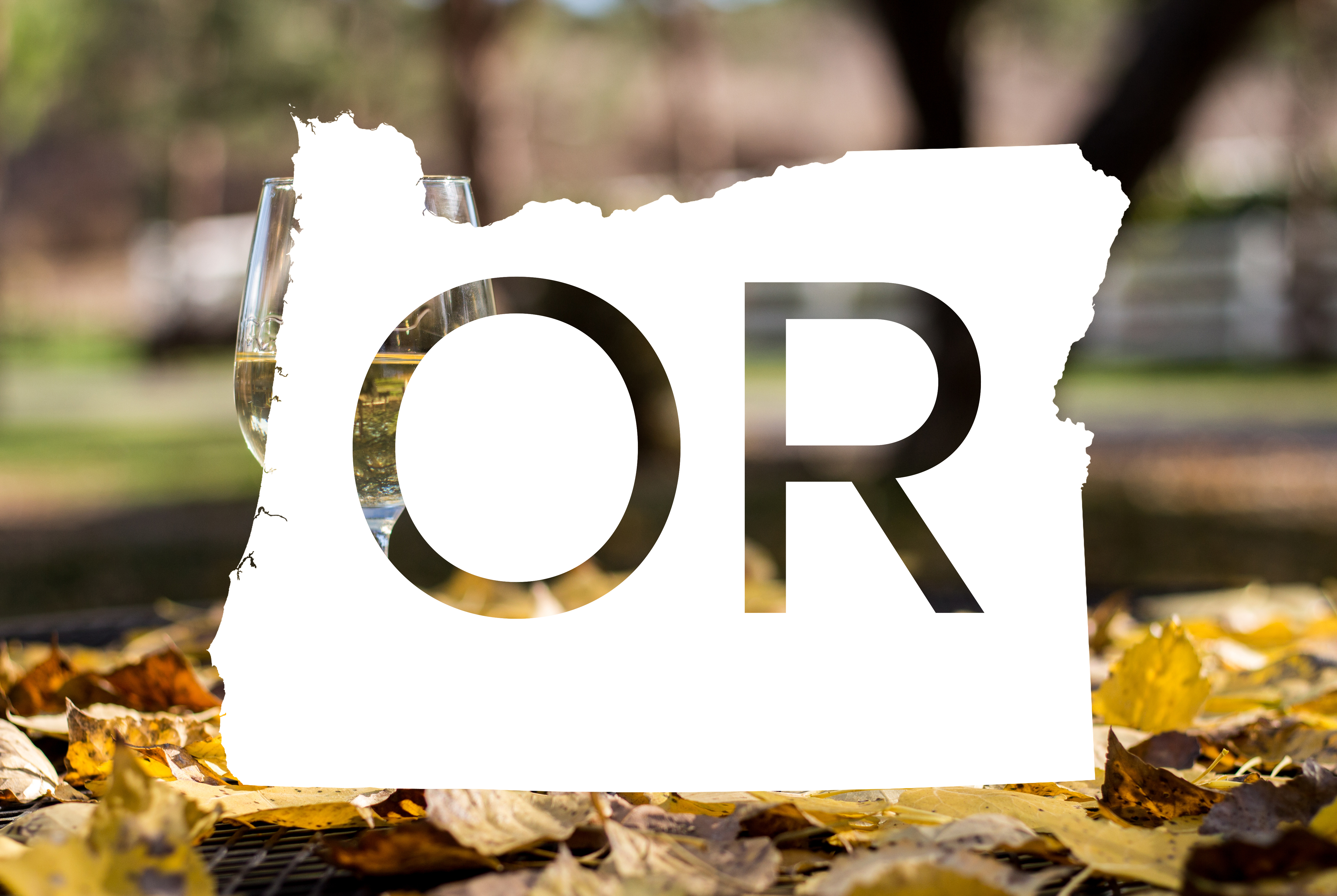While we’ve dedicated most of the month to decorating the Pinots from Oregon, Chardonnay is the third most grown grape in the Willamette Valley, and routinely compared to the Chardonnays of Burgundy – which can be credited to Robert Drouhin who “discovered” the potential of Oregon soil in the Burgundian context at blind tasting competitions and moved his family from France to establish Domaine Drouhin Oregon in the late 1980’s.
Our decorated Lot 549 Chardonnay owes a great deal of gratitude not only to the winemaker themselves, but to the land its rooted in. The Eola-Amity Hills in the Willamette Valley is located just northwest of Salem, OR and its soils potential for high quality grapes became a part of the awareness of winemakers in the 1970’s. Like most of the sub-appellations in Willamette Valley, Eola-Amity Hills became recognized in 2006.
The soil composition of the Eola-Amity Hills makes for smaller grapes and excellent concentration as it is a mix of predominantly volcanic basalt from ancient lava flows, marine sedimentary rocks, and alluvial deposits at the lower reaches of the hills. This all makes for shallow soils with great drainage. What this all means for the wine is: high acidity, firm structure, and an edgier personality.
The position of the hills with regards to its location being in a break from the Oregon Coastal Ridge allows a cool Pacific breeze to flow through while being buffeted in the east by the Cascade Range. This drastically reduces temperatures in the appellation, especially on hot summer afternoons. This allows the grapes to develop and retain a beautiful acidity.
The vast majority of growth within the appellation occurs from 250-700 feet in elevation, and the hills themselves are a part of the North Willamette Valley hill chain that runs north to south and was created from intense volcanic activity and the collision of the North American and Pacific plates.

